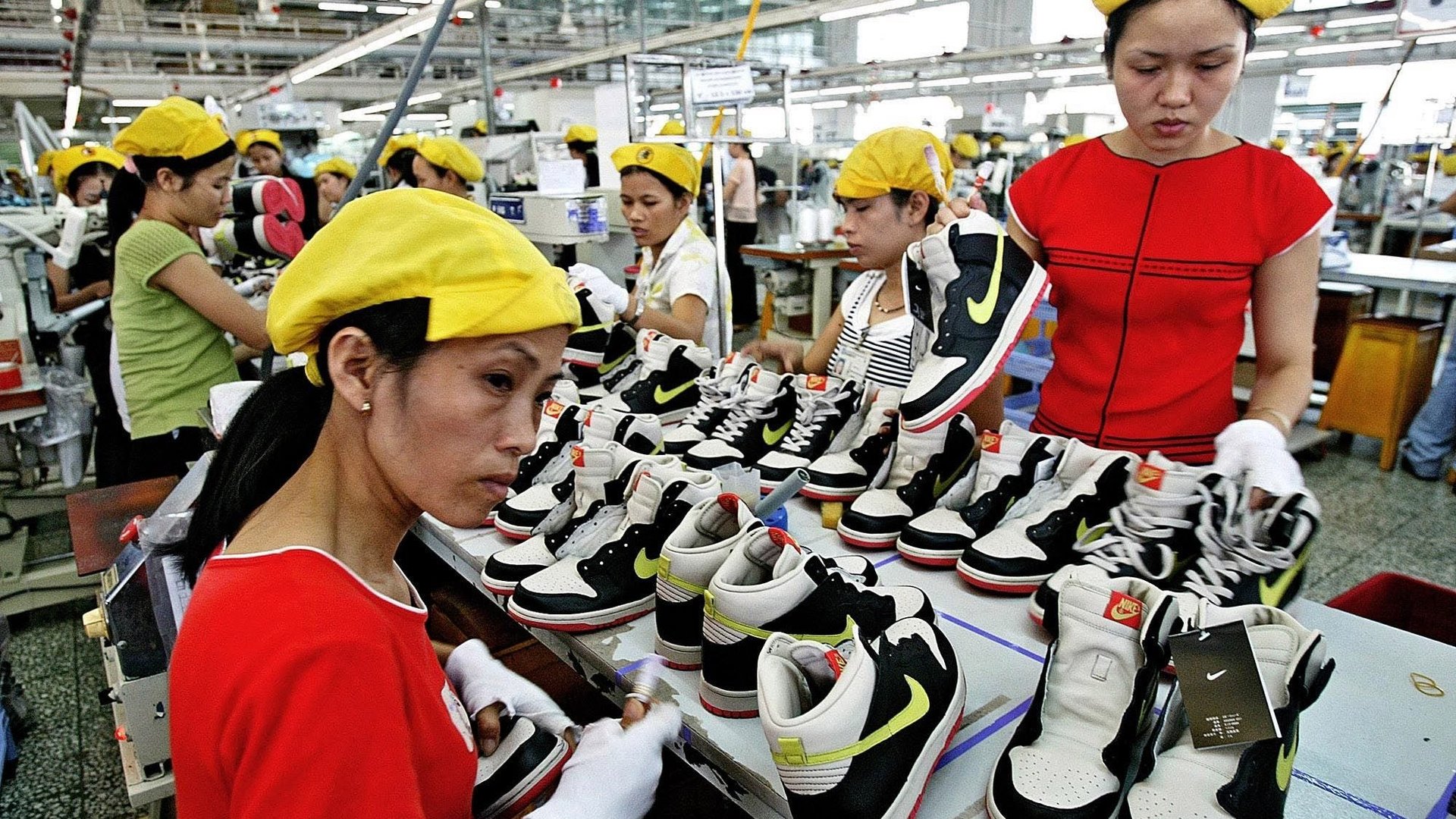To see how Asia’s manufacturing map is being redrawn, look at Nike and Adidas
Since 2010, Adidas has cut the share of footwear it makes in China in half. The country that has absorbed most of that business is Vietnam.


Since 2010, Adidas has cut the share of footwear it makes in China in half. The country that has absorbed most of that business is Vietnam.
A similar situation is playing out at Nike. A decade ago, China was its main footwear producer. Today, Vietnam owns that title.
The sneaker giants are among the major footwear and clothing companies that have been steadily moving production out of China. The country has turned its focus to more valuable items, such as electronics, leading to rising wages for higher skilled workers—and less business for those in its massive clothing, footwear, and textile industry, as international brands turn to low-wage nations in Southeast Asia.
This shift was already becoming evident years ago, and looking at where Nike and Adidas, the world’s two biggest athletic brands, make their shoes offers a clear picture of how China’s development is redrawing the Asian manufacturing map. Vietnam, for example, now produces more than twice as many Adidas shoes as China does:
Nike relies more on China for its production than its rival. But it’s also doing much more of its sneaker manufacturing in Vietnam:
Vietnam has been one of the big beneficiaries of the move from China. Among US fashion companies, “The most common sourcing model is shifting from ‘China Plus Many’ to ‘China Plus Vietnam Plus Many,'” the United States Fashion Industry Association noted in a 2017 survey (pdf) of apparel-sourcing executives. “The typical sourcing portfolio today is 30-50 percent from China, 11-30 percent from Vietnam, and the rest from other countries.” (It’s little wonder brands such as Nike pushed so hard for the Trans-Pacific Partnership, though Donald Trump has since pulled the US out of the negotiated deal.)
It’s not just US labels, either. Uniqlo, Japan’s largest fashion chain, has increased its major suppliers in Vietnam by about 40% in the last year or so, as it looks for options beyond China.
Production is scattering to other parts of Asia as well, landing in Indonesia, among other countries. At Adidas, China is actually in third place as a supplier of shoes: Indonesia is now the second-biggest source, behind Vietnam.
China does still dominate clothing and footwear manufacturing. Even though places such as Bangladesh may be far cheaper for putting together basic items like t-shirts, China has a skilled workforce and efficient infrastructure that upstart manufacturing hubs can’t match, keeping prices down and brands in the country. Adidas and Nike still make most of their clothes in China, despite the drift in their footwear production.
But those jobs stitching clothing and sneakers are likely to keep going elsewhere. At an annual shareholders meeting yesterday (May 9), Kasper Rorsted, Adidas’s CEO, shrugged off fears that the US—the world’s largest buyer of sneakers—may impose new tariffs on products made in China, as part of Trump’s escalating trade spat with the country. China is still important for sourcing, Rorsted said, but Vietnam is rising. And he said, “I’m not going to rule out that this trend is going to continue.”